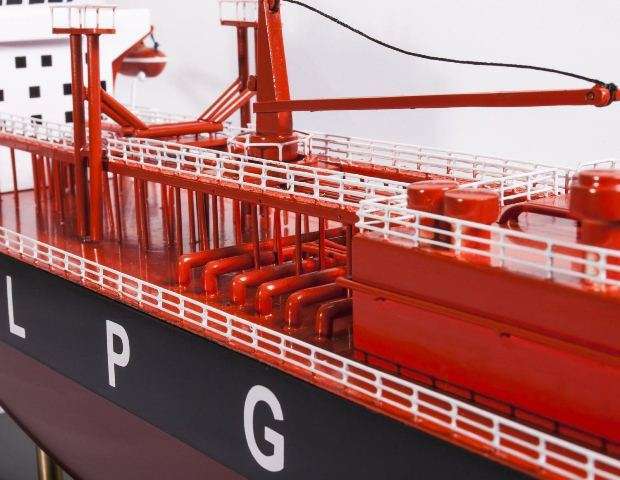Rate this page

What is LPG?
Liquefied petroleum gas (LPG) is the liquefied form of petroleum gases released during the extraction of crude oil and natural gas or during the refining of crude oil. The primary components of liquefied petroleum gas (LPG) are propane, butane, propylene, butylene, and isobutane.LPG
The process provided by this invention can produce high yields of LPG rich in propylene and butylene\’s, meanwhile produce high yield of gasoline which has enhanced anti knocking ability and stability; and also produce diesel fraction, its quality is compatible to that produced by conventional fluid catalytic cracking process. Riser pilot plant results show the yields(based on feed) as follows: LPG 30ک40 wt%, in which 67ک75 parts by weight are propylene and butylene\’s (i.e. total yield of propylene plus butylene\’s amounted to 20ک30 wt%); C5 + gasoline yields 45ک55 wt% with RONC of 91ک95, motor octane number(MONC) of 80ک84, induction period of 500ک1000 minutes and existent gum of 0ک3 mg/100 ml. Liquefied petroleum gas plus total liquid products are high up to 90 wt%.LPG to H2 کC2 ratio on weight basis is up to 8ک13:1.Usage of Liquefied petroleum gas
Liquefied petroleum gas is a highly flammable mixture of the hydrocarbon gases which is widely used as a fuel in household cooking applications. It is also used as a fuel in some automobiles.LPG specification.
| C2 hydrocarbon | % vol | Nil |
| C3 hydrocarbon | % vol | |
| C4 hydrocarbon | % vol | |
| C5 hydrocarbon | % vol | 2 |
| Hydrogen sulphide | – | Negative |
| Mercaptan sulphur (max) | g/ m3 | 0.23 |
| Odorizing Agent | g/ m3 | 12 |